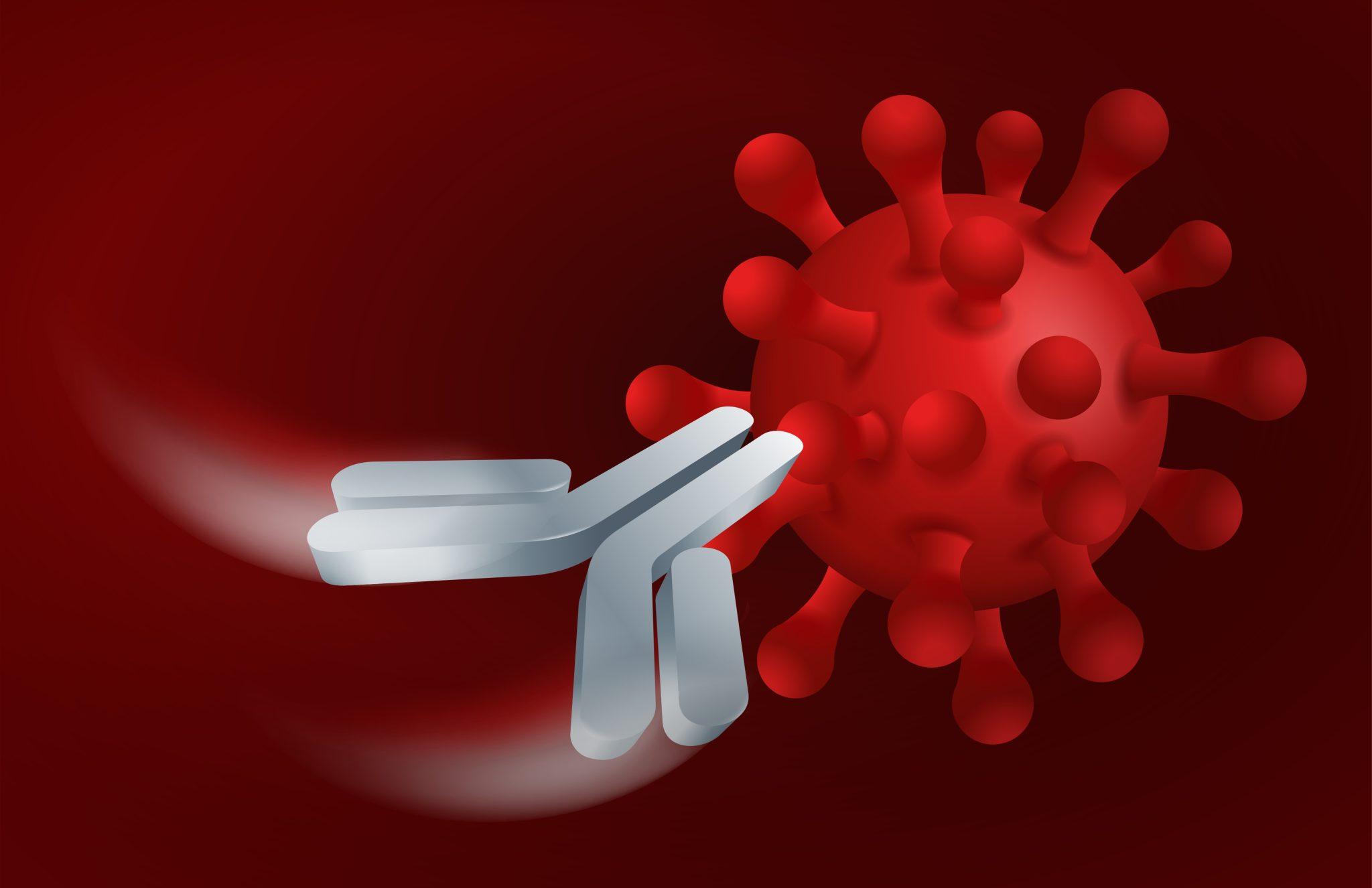Mechanism of Action of Paclitaxel

Paclitaxel is a natural anticancer drug with the molecular formula C47H51NO14. It has been widely used in the clinical treatment of breast cancer, ovarian cancer, and certain head and neck cancers, as well as lung cancer. Its novel and complex chemical structure, extensive and significant biological activity, unique mechanism of action, and scarce natural resources have gained immense favor among botanists, chemists, pharmacologists, and molecular biologists, making it a prominent anticancer star and research focus in the latter half of the 20th century.
Large-scale production of paclitaxel using biotechnological methods involves cultivating and selecting strains capable of producing large quantities of paclitaxel. This is achieved by continuously expanding and cultivating these strains in a culture medium, allowing “unrestricted” production of paclitaxel without the need to further deplete the scarce natural resource of Taxus trees.
Obtaining relevant genes from the bark of Taxus trees: Scientists need to isolate and clone genes from the bark of Taxus trees that are capable of synthesizing paclitaxel.
Creating paclitaxel synthesis pathways in the laboratory: Once these genes are obtained, scientists must create one or more synthesis pathways in the laboratory, using these genes as a foundation. Other microorganisms or plants are used as “factories” to produce paclitaxel.
Validation and optimization: After successfully creating paclitaxel synthesis pathways, scientists need to validate and optimize them to ensure efficient paclitaxel production. Economic feasibility is also considered during this process.
Industrial production: Once the validation and optimization process is complete, large-scale production of paclitaxel can commence. This may involve establishing a dedicated biotechnological factory for this purpose.
Example: A strain named HQD33, with a considerable production yield of paclitaxel, has been isolated and screened from the bark of a hundred-year-old Taxus tree. Through various methods such as chemical and physical treatments, its gene structure has been mutated and optimized multiple times. Finally, using biotechnological methods, a high-yield strain capable of producing 448.52 micrograms of paclitaxel per liter of culture medium has been cultivated.
Mechanism of Action of Paclitaxel
The primary mechanism of action of paclitaxel involves inhibiting microtubule depolymerization, leading to the termination of mitosis in tumor cells and ultimately causing their death. Paclitaxel is the only secondary metabolite from plants that promotes microtubule formation while inhibiting microtubule protein depolymerization. Microtubules are essential components of eukaryotic cells, forming a cytoskeletal framework that maintains cell shape, participates in cell contraction for movement, and facilitates the movement of organelles and intracellular substances. Microtubules are particularly crucial for the division and movement of chromosomes during mitosis.
Under normal conditions, there is a dynamic equilibrium between microtubules and microtubule protein dimers. Microtubules depolymerize under the influence of calcium ions, forming spindles and spindle fibers during mitosis, pulling chromosomes toward opposite poles. Paclitaxel selectively and reversibly binds to microtubules, inducing and promoting the polymerization of microtubule proteins. This stabilizes microtubules, prevents depolymerization leading to chromosome breakage, and inhibits cell replication and migration, thereby impeding the replication of tumor cells.
In addition, researchers suggest that paclitaxel has a significant cell cycle-independent effect, similar to bacterial lipopolysaccharide (LPS), activating mouse macrophages to kill tumors. Studies have shown that paclitaxel can also regulate immune function in the body. Therefore, the anticancer effect of paclitaxel may result from various actions or interactions.
Extraction Process of Paclitaxel
Paclitaxel is a natural compound with significant medicinal value, widely used in the treatment of breast cancer, ovarian cancer, and other cancers. To extract paclitaxel from plants, a series of steps, including extraction, separation, purification, and detection, are required. The main steps in the extraction process of paclitaxel are as follows:
(1) Extraction
Extraction is the first step in the paclitaxel extraction process. Typically, high-paclitaxel-containing plants are soaked or refluxed in organic solvents such as methanol, ethanol, or acetone. Factors such as temperature, time, and solvent concentration need to be carefully controlled to maximize paclitaxel extraction.
(2) Separation
The extraction solution contains various compounds, including paclitaxel and related compounds. Various separation techniques, such as silica gel chromatography, alumina chromatography, and dextran gel chromatography, are used to separate paclitaxel from other compounds. These methods take advantage of the differences in polarity and molecular weight between paclitaxel and other compounds.
(3) Purification
Purification is a crucial step in the paclitaxel extraction process, aiming to increase the purity and yield of paclitaxel. Common purification methods include crystallization, recrystallization, and high-performance liquid chromatography (HPLC). Crystallization and recrystallization remove impurities and enhance the purity of paclitaxel, while HPLC further purifies paclitaxel.
(4) Detection
Detection is a crucial aspect to ensure the quality of paclitaxel. Testing the extraction solution, separation solution, and purified solution allows determination of paclitaxel content, purity, and yield. Common detection methods include HPLC and UV-visible spectrophotometry. These methods enable qualitative and quantitative analysis based on the structure and properties of paclitaxel.
Applications in the Pharmaceutical Industry
Paclitaxel is a natural anticancer drug that selectively regulates microtubule proteins, thereby inhibiting the abnormal division and proliferation of tumor cells. Due to its unique chemical structure and significant biological activity, paclitaxel has become an important target in the development of anticancer drugs. Currently, paclitaxel is widely used in the treatment of breast cancer, ovarian cancer, some head and neck cancers, and lung cancer. Its novel and complex chemical structure, extensive and significant biological activity, unique mechanism of action, and scarce natural resources have garnered immense favor among botanists, chemists, pharmacologists, and molecular biologists.
- Art
- Causes
- Crafts
- Dance
- Drinks
- Film
- Fitness
- Food
- Giochi
- Gardening
- Health
- Home
- Literature
- Music
- Networking
- Altre informazioni
- Party
- Religion
- Shopping
- Sports
- Theater
- Wellness
- IT, Cloud, Software and Technology


